Piezas Destacadas
Go back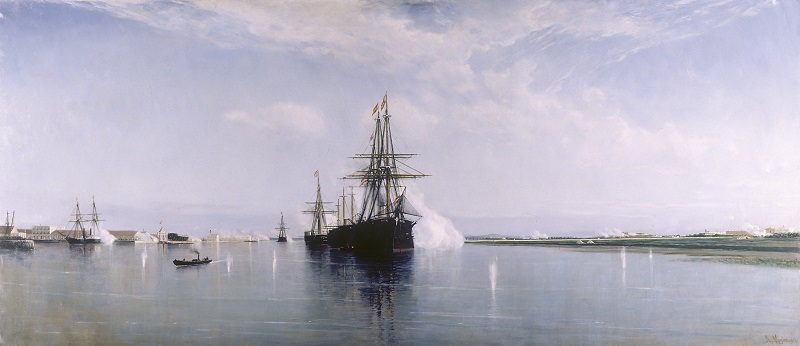

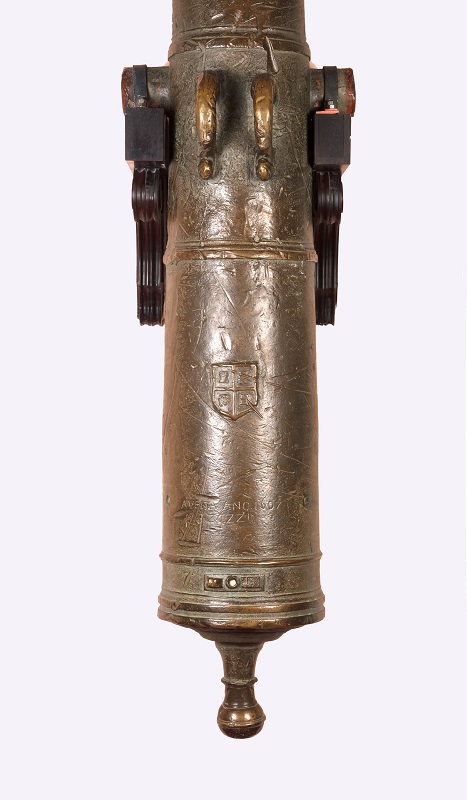
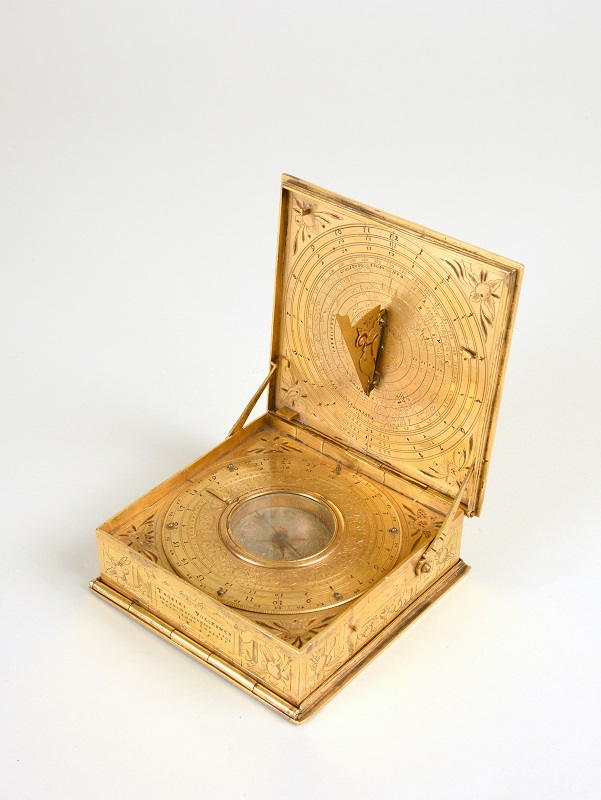
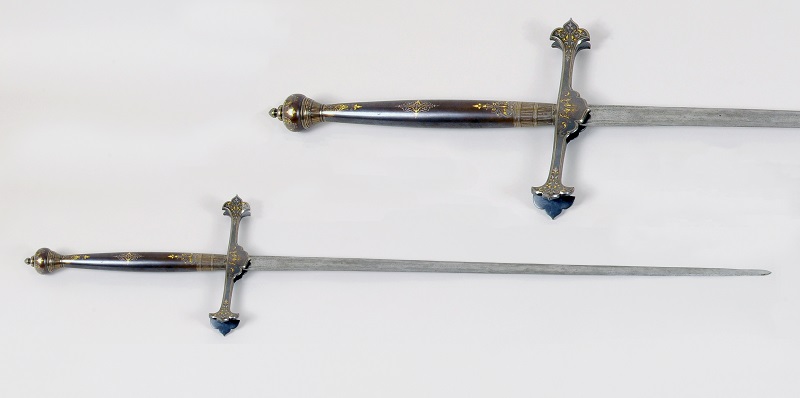
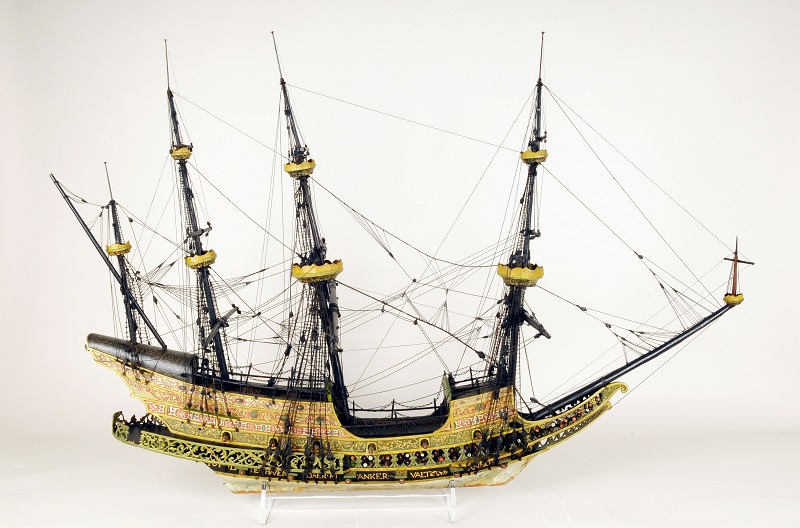
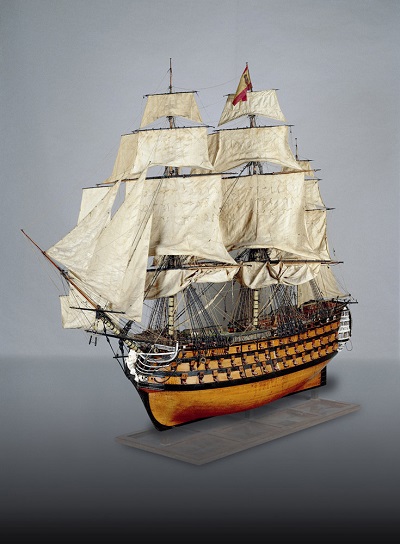
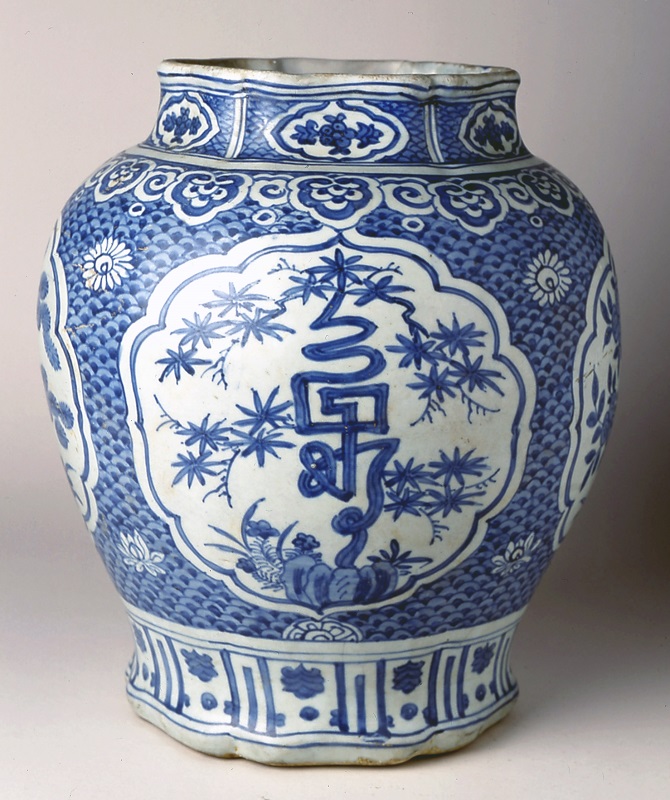

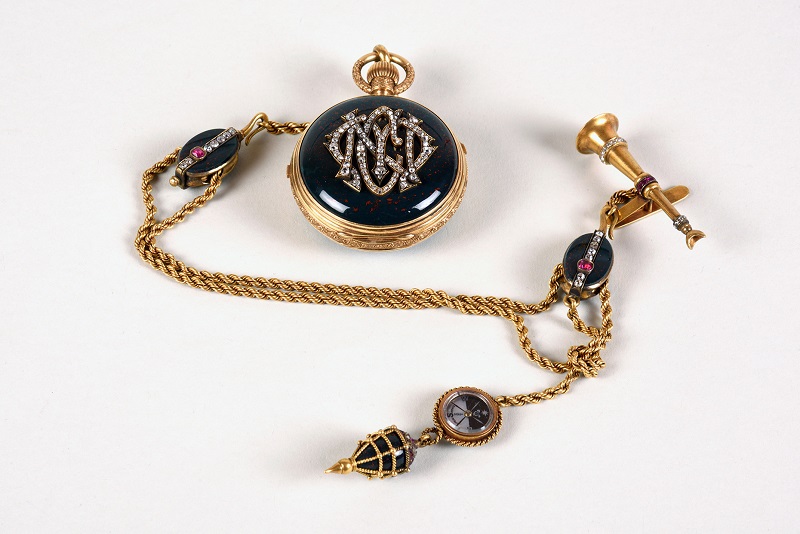

Rafael Monleón y Torres
1874
MNM 186
Unit 5. The end of an empire. 19th centuryUnidad 5. El fin de un imperio. Siglo XIX.
Between July 1873 and January 1874 (First Spanish Republic), the cantonal rebellion was intended to establish federalism without even waiting for changes in the Constitution. Proclaimed the canton of Cadiz on July 19, brigadier Eguía laid siege to the La Carraca arsenal. However, the crews did not support the rebellion and their attacks could not defeat the squadron loyal to the government, led by the frigate "Navas de Tolosa", in the foreground of the picture.

1500
MNM 257
Unit 2. The Age of Exploration
The chart of Juan de la Cosa is the first map on which America is depicted. It appears as a large green spot on the mainland. The islands of the West Indies are shown in greater detail because they were the first to be reached by the Castilians on their first voyages. The layout and decoration of the ancient world—Europe, Africa and Asia—are in keeping with the heritage of medieval portulan charts.
More information on this link
Carta Universal
Casa de la Contratación de Sevilla
1607
MNM 3212
Unit 2. The Age of Exploration. 16th and 17th centuries
It was cast in the "Casa de la Contratación" (House of Trade) and charged to the so-called "avería" tax (general average), as indicated in the inscription of its second section of the barrel. With this tribute the royal treasury taxed the owners of the merchant ships, depending on the volume of their cargo. Those taxes were levied to maintain the "armada de la avería o de la guarda", in charge of protecting the fleets when departing from Seville or Cadiz on their way towards America.

Thobias Volckhmer
1596
MNM 1223
Unit 2. The Age of Exploration. 16th and 17th centuries
This set of nautical and topographical instruments, of great beauty and scientific interest, was made for King Philip II. It contains accurate maps of the southern and northern hemispheres decorated with naos and sea monsters. Inside, a flat astrolabe, a compass, and a quadrant of reduction. It also has a timekeeping crown, two calendars—new and old—and a reel with silk cord for depth measurements.

Anonymous Italian (blade) - Plácido Zuloaga (handle)
1568 (blade) - siglo XIX (handle)
MNM 103
Unit 3. The Age of Exploration. 16th and 17th centuries
Besides their military function, swords were an element of distinction during the Renaissance, since many of them were presented on occasion of historic events or warlike deeds. This sample was a present of Pope Pius V to John of Austria, bastard son of Emperor Charles V, who had subdued the Moors in the Alpujarras and commanded the Holy League fleet in the victory of Lepanto.

1593
MNM 80
Unit 3. The Age of Exploration. 16th and 17th centuries
This model from the royal collection is among the few preserved in the world of a 16th-century vessel. It is a votive offering, possibly made in gratitude for a happy voyage or a victory, as can be deduced from its legend. While these are not-to-scale models, for they hung from the ceilings of fish markets, as was the custom in Northern Europe, they are primary sources that provide information about the features of galleons in the period.

Pedro de Lima
1817-1819
MNM 542
Monographic B. The golden age of naval shipbuilding in Spain. 18th century
Commissioned by Ferdinand VII to Pedro de Lima, chief petty officer of the Royal Household, this design was based on the "Real Carlos", with three bridges and 112 guns (Jorge Juan system). The thoroughness of its making and the richness of its materials turned her into a work of art, and a benchmark of the Spanish naval architecture. Isabella II donated this model and the showcase in which it is currently exhibited.

1575-1600
Monographic C. The defence of commercial maritime routes. 16th and 17th centuries
Chinese porcelain was outstanding among the goods transported by the Manila Galleon were, which had become a luxury object in Europe since the 16th century. Their hardness, thanks to the use of kaolin, their gleam and careful decoration made them unique, much valued and collected by European royalty. The blue and white examples of the "San Diego" galleon correspond to the best production of the Ming dynasty.

c. 1780
MNM 1754
Unit 5. The end of an empire. 19th century
Built in Canton (Guangzhou) during the Quing Dynasty. It was meticulously carved with abundant symbolic elements related to happiness and good fortune. The so-called "flower boats" hosted banquets and parties on riverbanks where they were moored as floating platforms or barges, as they were not suitable for sailing. This model was donated by Isabella II, who had inherited it from her father Ferdinand VII.

J.R. Losada
1868
MNM 4322
Unit 5. The end of an empire. 19th century
A sabonet watch with its owner's initials CMN intertwined and formed with diamonds, it was a gift made by subscription by the naval corps in commemoration of the bombardment of Callao. It was made by watchmaker and chronometer maker at the service of the Queen José Rodríguez Losada, who also made Madrid's Puerta del Sol clock – and who, due to his anti-Ferdinand ideology, went to exile in London, where he had a renowned workshop.




